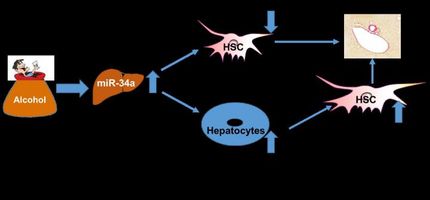Worldwide success in treatment of liver tumors
Pioneering technique uses microwaves
Advertisement
Leicester consultant surgeon who has developed a pioneering technique using microwaves to destroy liver tumors has treated more than 100 patients in the UK and other patients are now being treated internationally.
The incidence of primary liver cancer is gradually increasing in the Western world, but it is very common in Asia and the Far East where it is associated with endemic hepatitis. Most patients with liver cancer are deemed inoperable but with the development of this microwave equipment, literally thousands of patients worldwide could be offered curative treatment, even if they have established liver cirrhosis.
The research of Mr David M Lloyd at University Hospitals of Leicester NHS Trust and University of Leicester in collaboration with Professor Nigel Cronin and Dr. Peter Clegg at the University of Bath, has led to the development and production of a microwave generator and probe, now being manufactured by Acculis Ltd, UK. The treatment of more than 100 patients with liver cancer has resulted in curing or extending life for many of them, whose life prognosis was less than twelve months. More than one third of the patients treated are still alive after three years and some have been, quite simply, pronounced cured and discharged. The earliest patient to be discharged is one of David Lloyd's trial patients treated nine years ago. Several more are alive and well five years after receiving treatment.
Mr Lloyd explained: "The technique will have a significant effect on liver cancers, because we are operating on people who have been declared inoperable. Someone with cirrhosis of the liver can't be operated on in a conventional way to remove a tumour, but we can place a microwave probe in by keyhole or percutaneous (through the skin) methods and can destroy these tumours."
The advantage the microwave technique has over other machines designed to destroy tumours, such as laser, ultrasound and radio-frequency (which is similar to an electric current) is that it is quick and produces cancer cell death with very few side effects. Only tissue in the immediate field of the microwave energy is destroyed, David Lloyd explained, and not in other parts of the body, which is a danger with other methods, such as radio-frequency, where the electric current has to have an exit point from the body, with the risk of burning at that site.
"Microwaves don't cause collateral damage elsewhere in the body," he said. "They only heat up the tissue at the end of the probe and no energy is sent through the body. We can now treat very large tumours up to 6-8 cms in diameter within 4-6 minutes. This makes it ideal for someone who may have multiple tumours, which by other techniques, might take several hours to treat."



























































